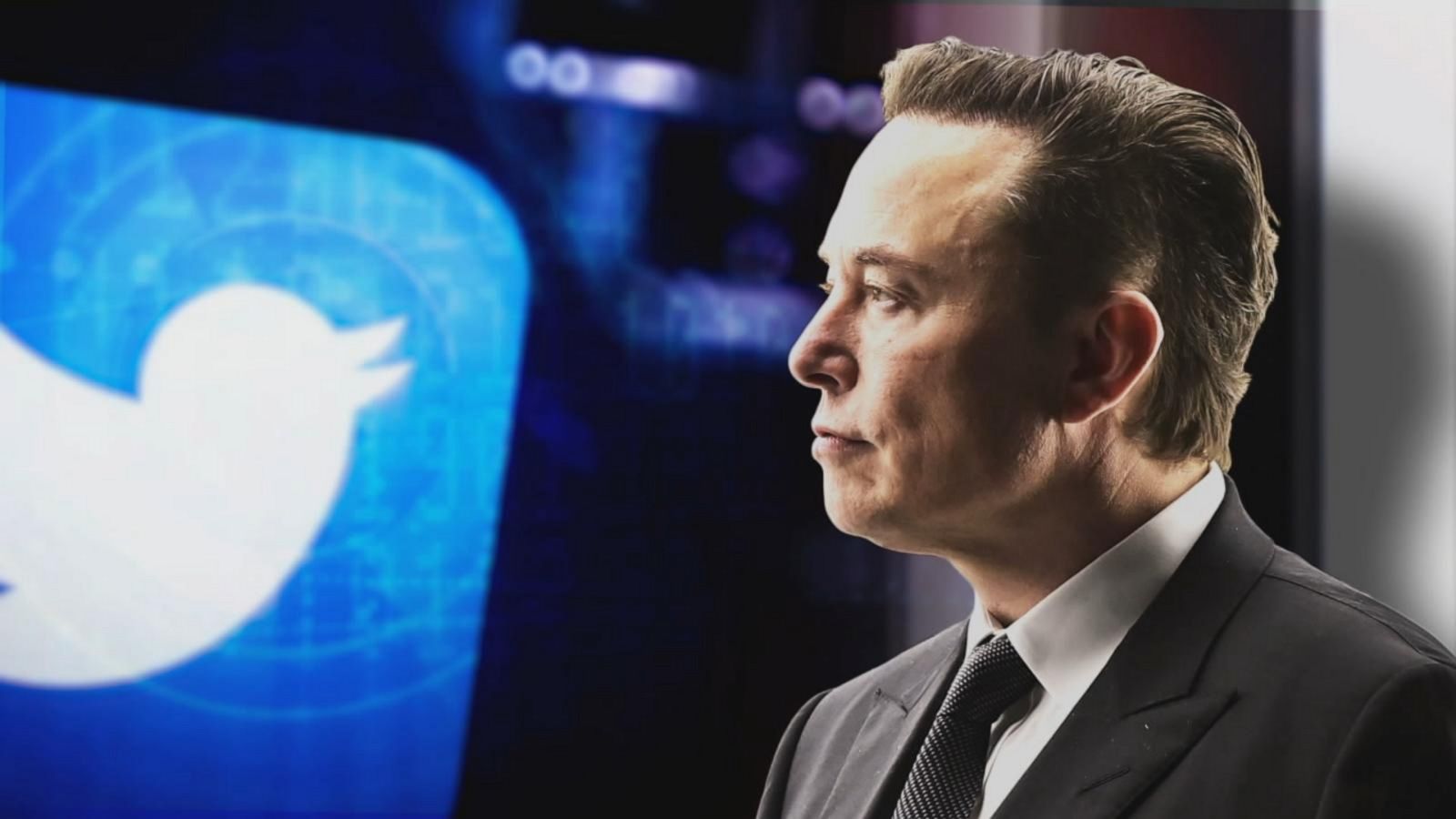The Assault On Clean Energy: Challenges To A Thriving Sector

Table of Contents
Political and Regulatory Barriers to Clean Energy Growth
Inconsistent government policies and regulations significantly impact investment and deployment in the clean energy sector. The lack of a unified, supportive framework creates uncertainty, discouraging long-term investments needed for large-scale renewable energy projects. This instability is further exacerbated by several factors:
- Subsidies for fossil fuels undermining clean energy incentives: Continued government support for fossil fuel industries, through direct subsidies and tax breaks, creates an uneven playing field. This makes it difficult for clean energy sources like solar and wind to compete on price, even when their long-term costs are lower.
- Lengthy permitting processes delaying project implementation: Complex and time-consuming permitting procedures for renewable energy projects add significant costs and delays. Streamlining these processes is crucial for accelerating clean energy deployment.
- Lack of standardized regulations across different regions: Variations in regulations across states, countries, and even municipalities create fragmentation and increase the complexity of planning and executing large-scale clean energy projects. Harmonization of standards would significantly improve efficiency.
- Political lobbying by fossil fuel interests hindering clean energy legislation: Powerful lobbying efforts by established fossil fuel industries often result in the blocking or weakening of legislation favorable to clean energy development. This political influence necessitates strong advocacy from clean energy proponents.
Stable and supportive government policies are essential for attracting the significant investment needed to scale up clean energy technologies. Examples of successful policies include feed-in tariffs (FITs) in some European countries, which guaranteed a fixed price for renewable energy, stimulating early growth. Conversely, frequent changes in policy, as seen in some regions, have created uncertainty and hindered investment.
Economic Challenges Facing the Clean Energy Sector
The clean energy sector faces significant economic hurdles, primarily related to the high upfront costs associated with renewable energy technologies. These costs, coupled with other economic factors, pose challenges to widespread adoption:
- High initial investment costs for renewable energy infrastructure (solar, wind): Building large-scale solar farms or wind farms requires substantial capital investment, making them less accessible to smaller developers and communities.
- Intermittency challenges of renewable sources and the need for energy storage solutions: The intermittent nature of solar and wind power necessitates the development of efficient and cost-effective energy storage solutions, such as batteries, to ensure a consistent energy supply. This adds to the overall project cost.
- Competition with established, subsidized fossil fuel industries: Established fossil fuel industries benefit from decades of infrastructure development and government support, giving them a significant competitive advantage over nascent clean energy technologies.
- Fluctuations in commodity prices affecting the cost of clean energy technologies: The cost of raw materials used in manufacturing solar panels and wind turbines can fluctuate significantly, impacting the overall price of clean energy projects.
Overcoming these economic challenges requires a multi-pronged approach. This includes exploring innovative financing options like green bonds and crowdfunding, implementing supportive tax credits and incentives, and fostering competition among clean energy technology providers to drive down costs.
Technological Limitations and Innovation in Clean Energy
While significant advancements have been made, existing clean energy technologies still have limitations:
- Efficiency improvements needed for solar panels and wind turbines: Continued research and development are essential to increase the efficiency of solar panels and wind turbines, maximizing energy output and minimizing land use.
- Development of more efficient and affordable energy storage solutions: Affordable and efficient energy storage is crucial for addressing the intermittency of renewable energy sources. Advances in battery technology and other storage solutions are paramount.
- Advancements in smart grid technologies for better integration of renewables: Smart grid technologies are crucial for efficient integration of distributed renewable energy sources into the existing power grid.
- Research and development of next-generation clean energy technologies (fusion, geothermal): Investing in research and development of next-generation technologies like fusion and enhanced geothermal systems is critical for long-term sustainability.
Technological breakthroughs are continuously improving the efficiency and affordability of clean energy. For instance, advancements in photovoltaic technology have dramatically reduced the cost of solar power over the past decade. Continued investment in research and development is essential to maintain this momentum.
Public Perception and Acceptance of Clean Energy
Public perception and acceptance play a crucial role in the success of clean energy projects. Misconceptions about land use, visual impact, and potential environmental effects can hinder public support. Strategies for improving public awareness and acceptance include:
- Transparent communication about the benefits and potential impacts of clean energy projects.
- Community engagement and participatory decision-making processes.
- Addressing concerns about land use and visual impact through careful site selection and design.
- Highlighting the economic benefits of clean energy development, such as job creation and local economic growth.
Conclusion
The assault on clean energy presents significant obstacles to achieving a sustainable future. However, by addressing the political, economic, and technological challenges, and fostering public acceptance, we can create a thriving sector capable of powering a greener world. Overcoming these hurdles requires collaborative efforts from governments, industries, and individuals. Investing in research and development, implementing supportive policies, and promoting public awareness are crucial steps in ensuring the continued growth and success of the clean energy sector. Let's champion the future of clean energy and work together to overcome these challenges. Investing in and advocating for renewable energy solutions is key to a sustainable tomorrow.

Featured Posts
-
 Suomi Ruotsi Naein Huuhkajien Avauskokoonpano Muuttuu
May 20, 2025
Suomi Ruotsi Naein Huuhkajien Avauskokoonpano Muuttuu
May 20, 2025 -
 Kakim Biznesom Vladeyut Figuristy Plyuschenko Sikharulidze I Kuznetsova
May 20, 2025
Kakim Biznesom Vladeyut Figuristy Plyuschenko Sikharulidze I Kuznetsova
May 20, 2025 -
 Fate Of Abc News Show Uncertain Following Mass Layoffs
May 20, 2025
Fate Of Abc News Show Uncertain Following Mass Layoffs
May 20, 2025 -
 Agatha Christies Poirot A Detective For The Ages
May 20, 2025
Agatha Christies Poirot A Detective For The Ages
May 20, 2025 -
 Second Typhon Battery Bolsters Us Army Pacific Command
May 20, 2025
Second Typhon Battery Bolsters Us Army Pacific Command
May 20, 2025
